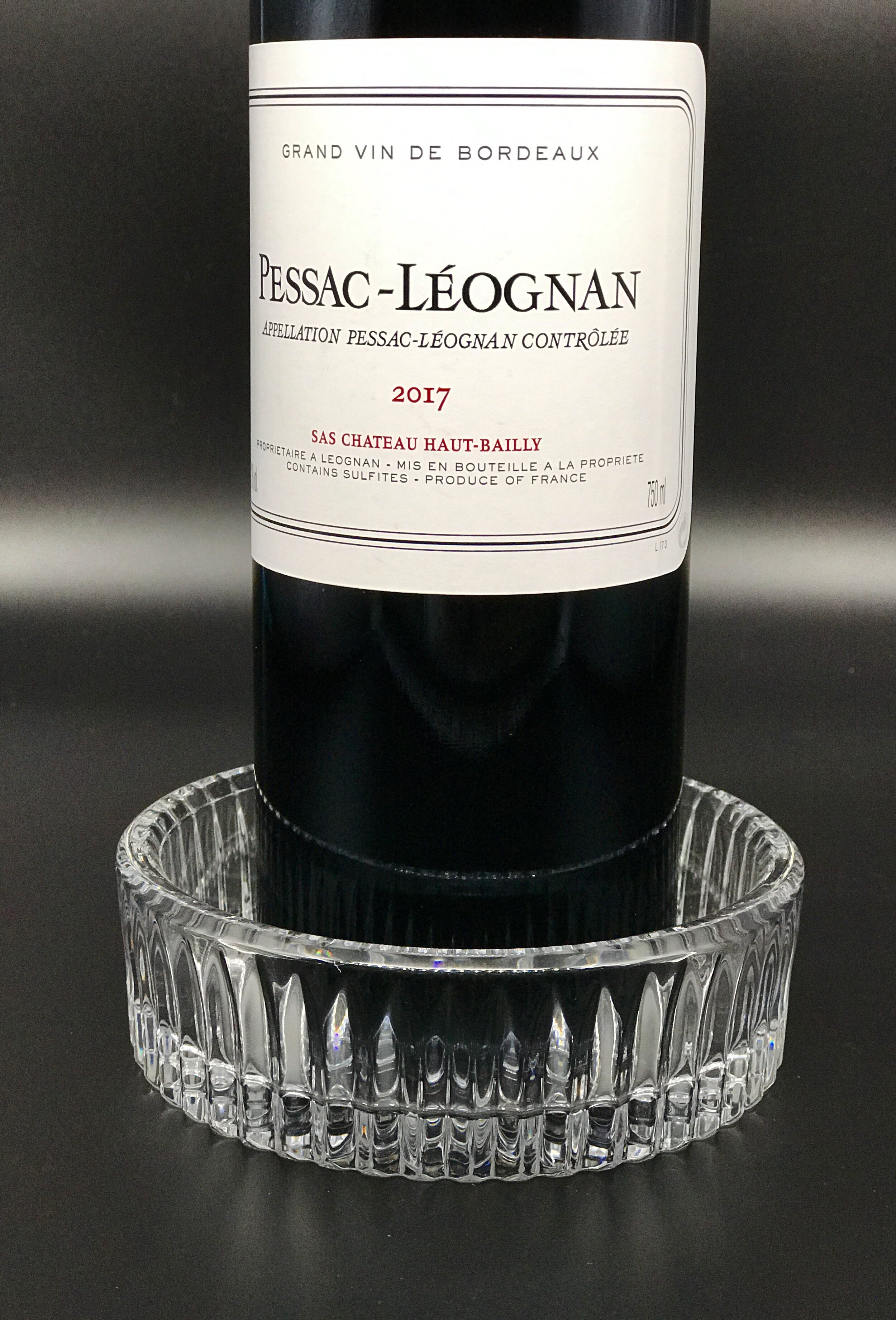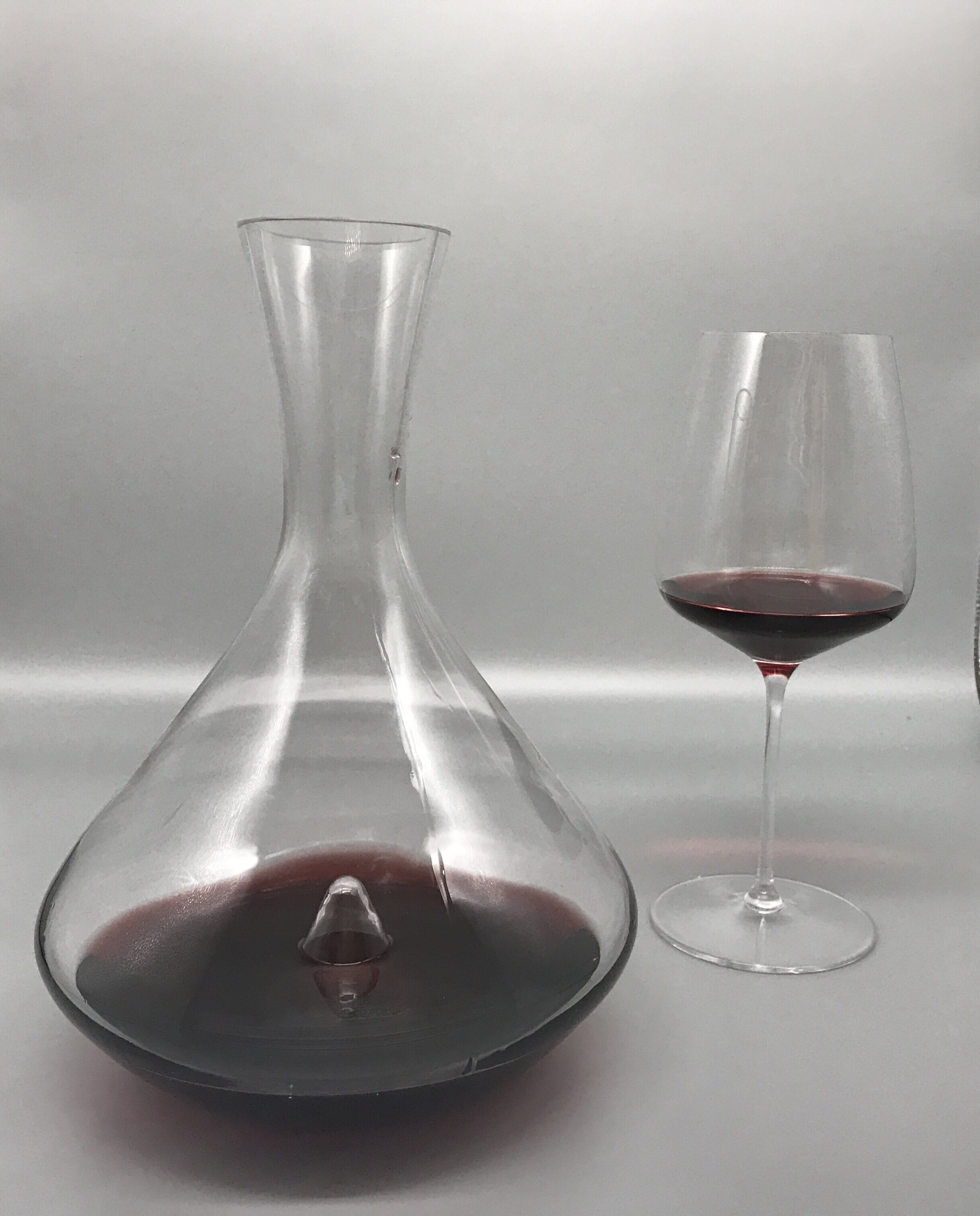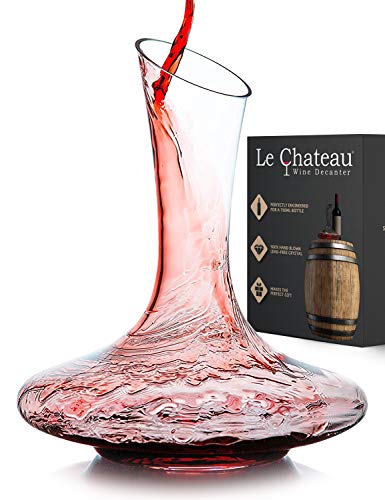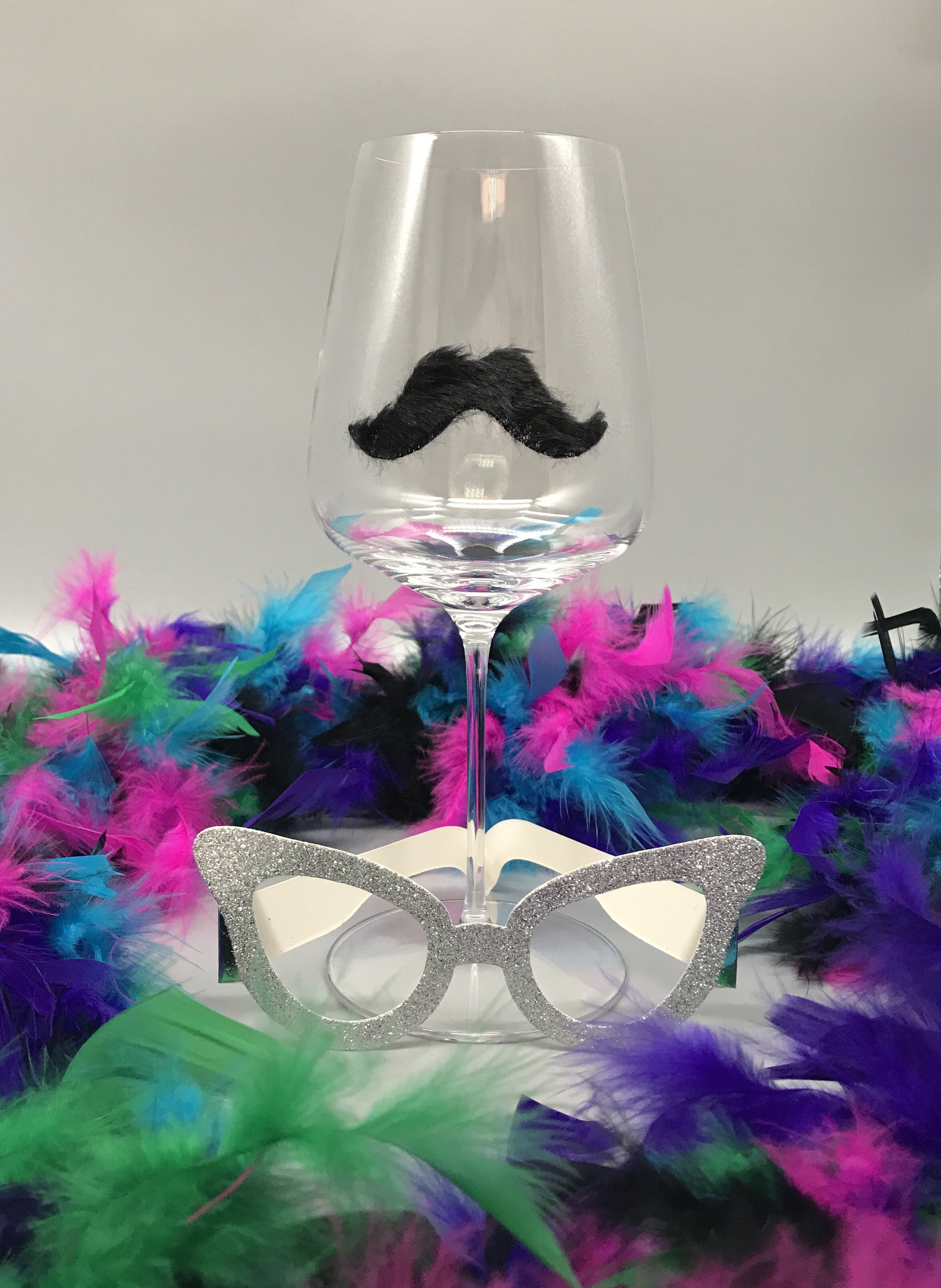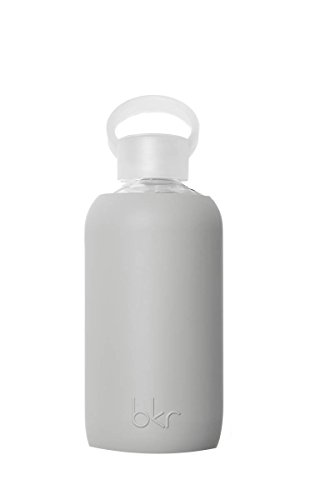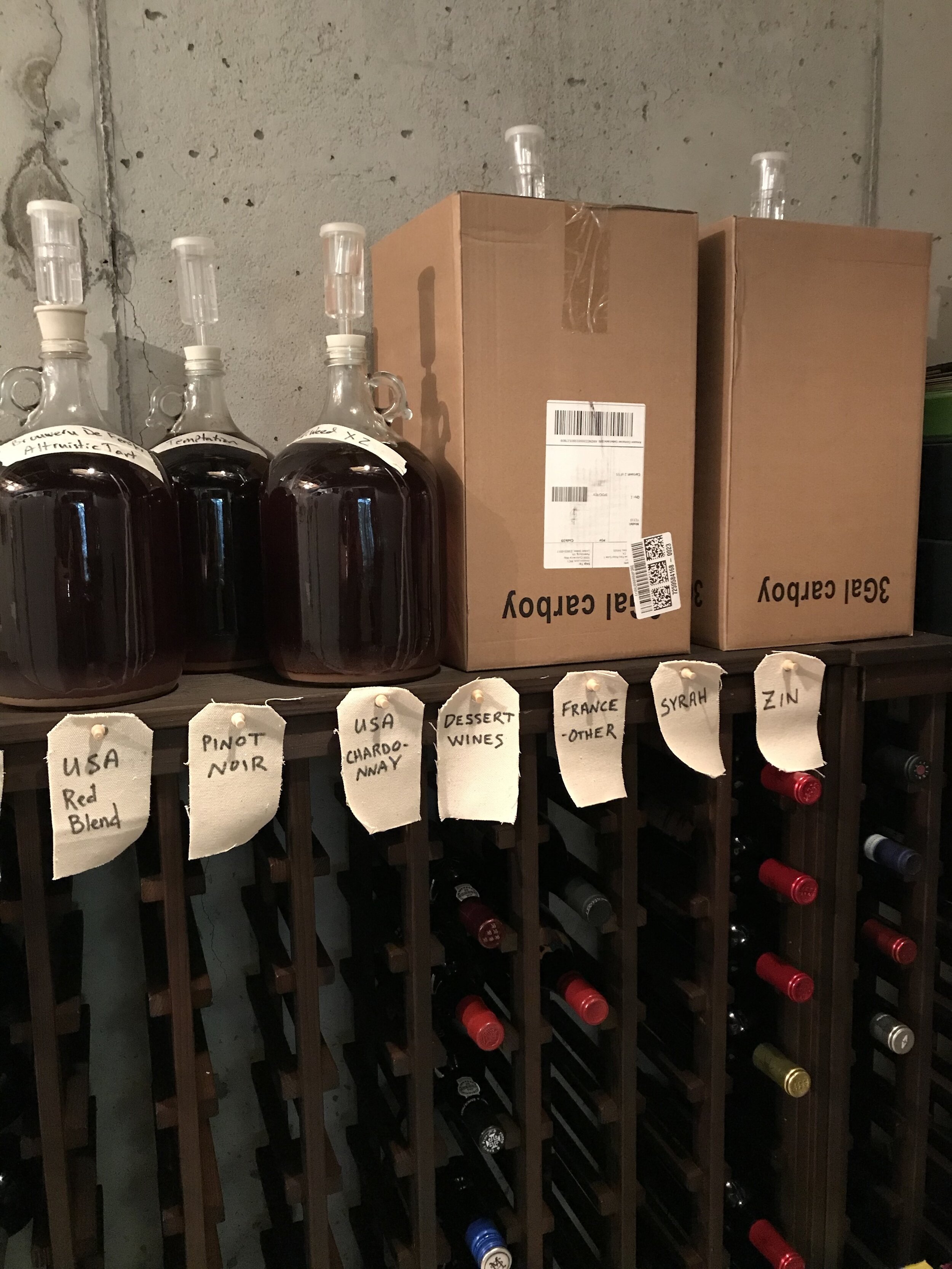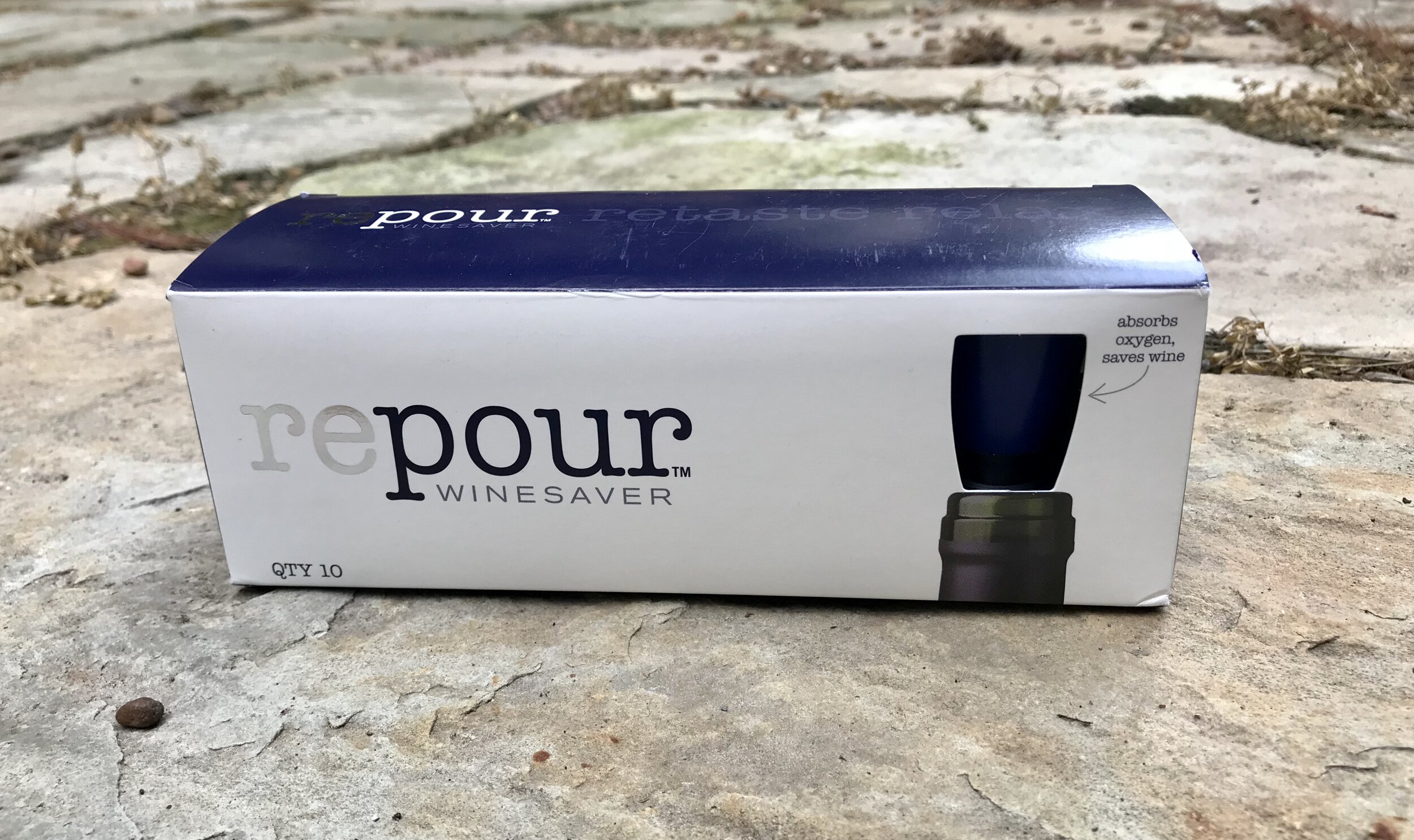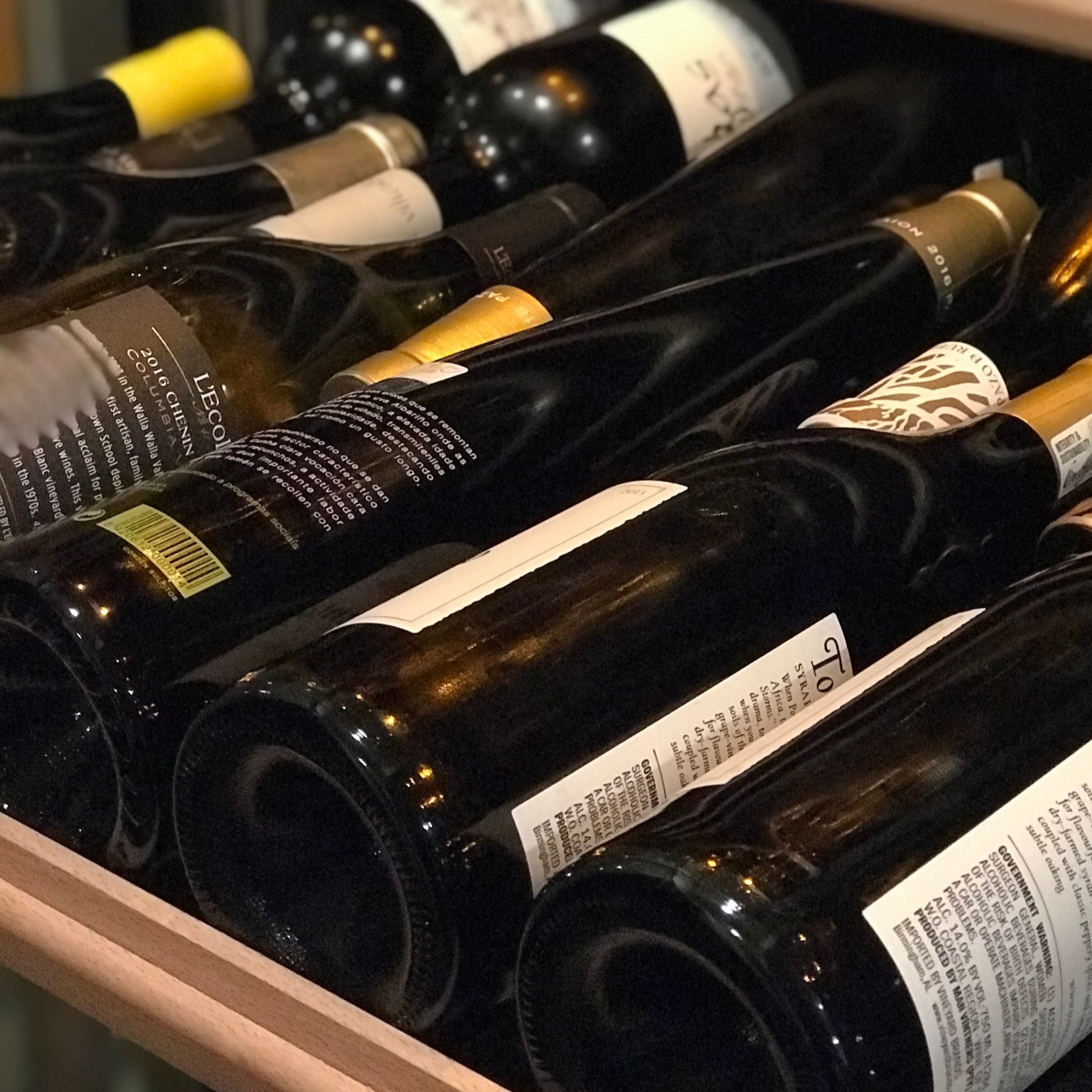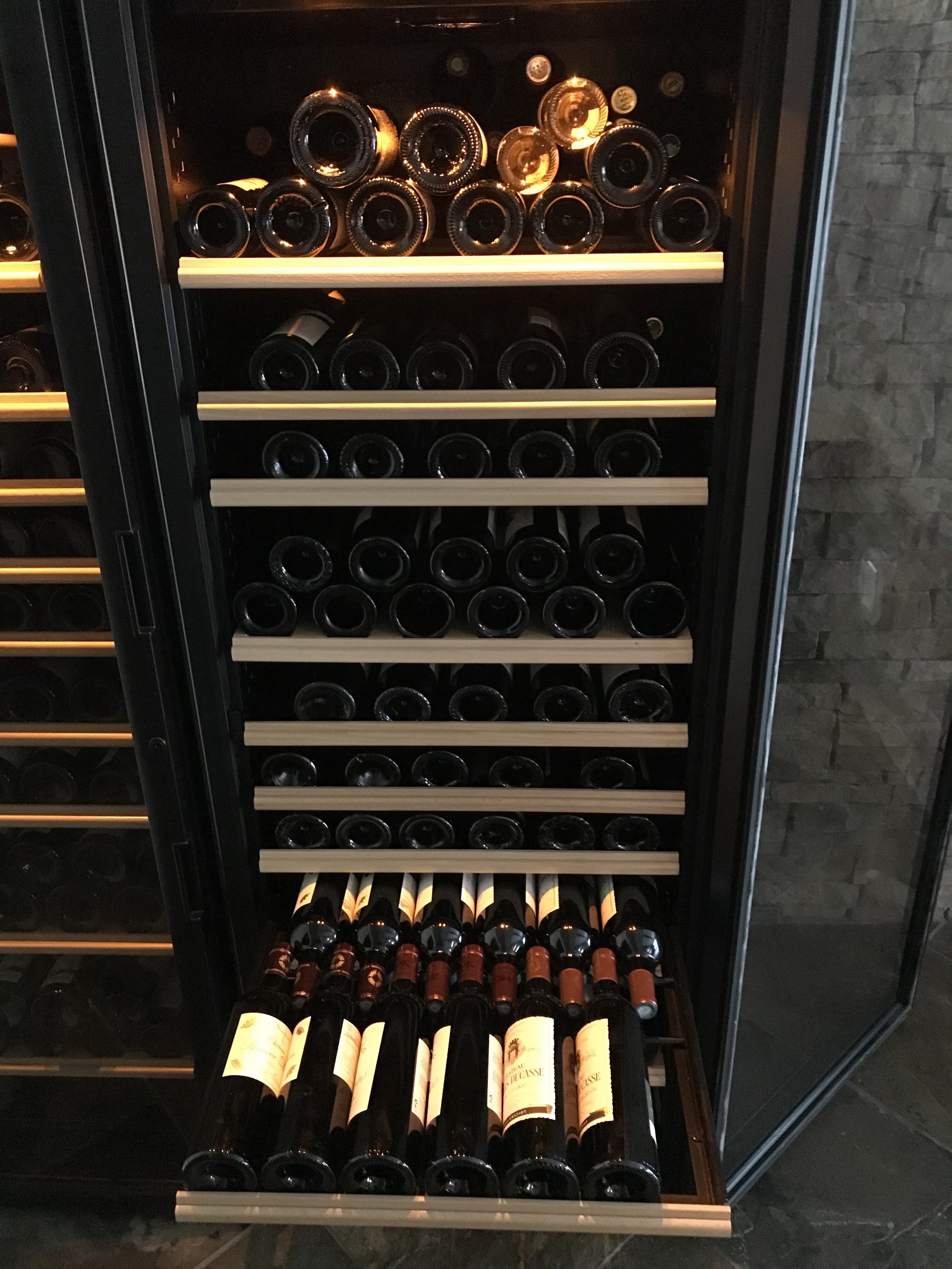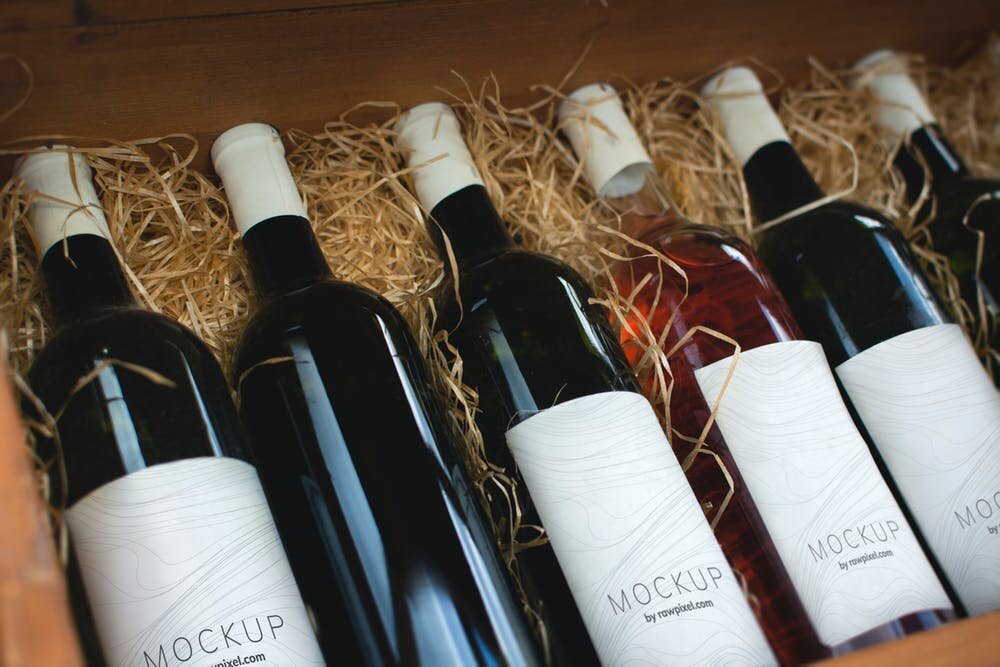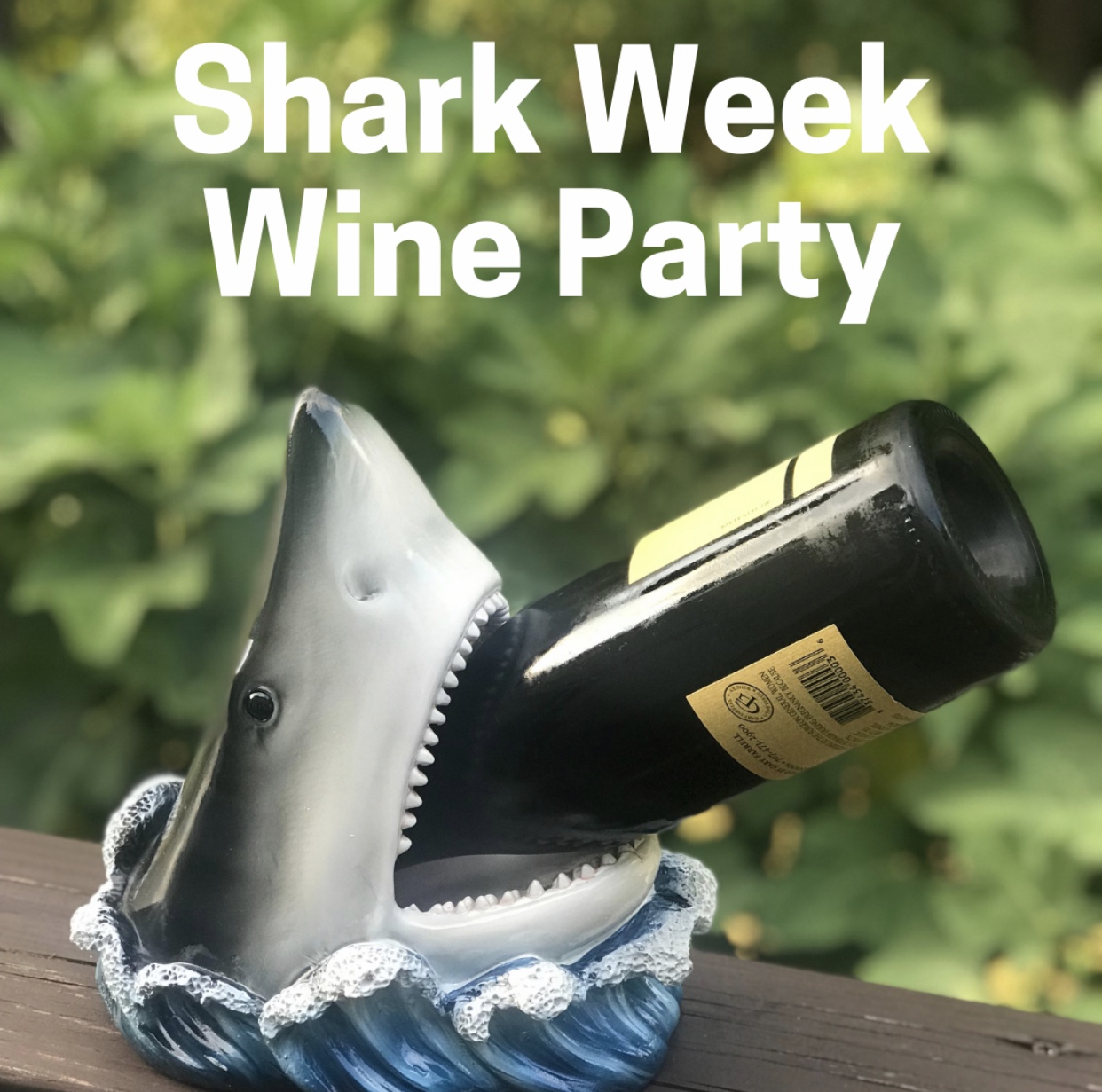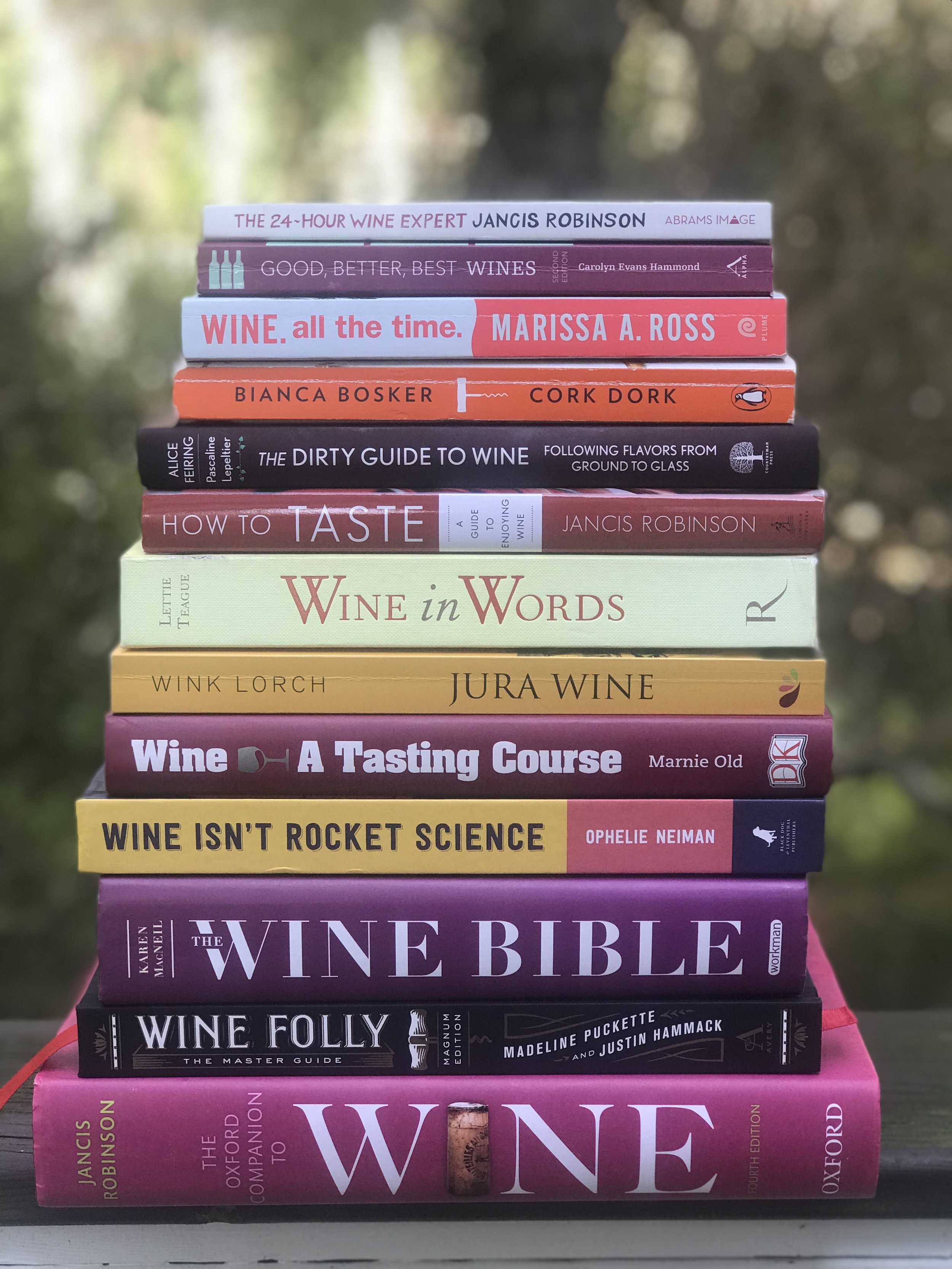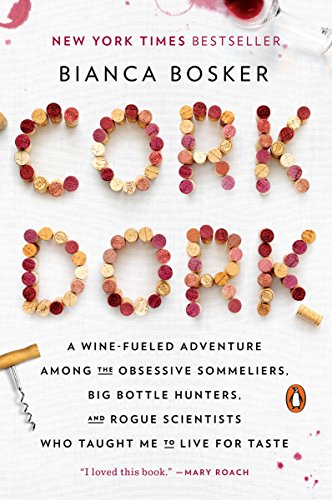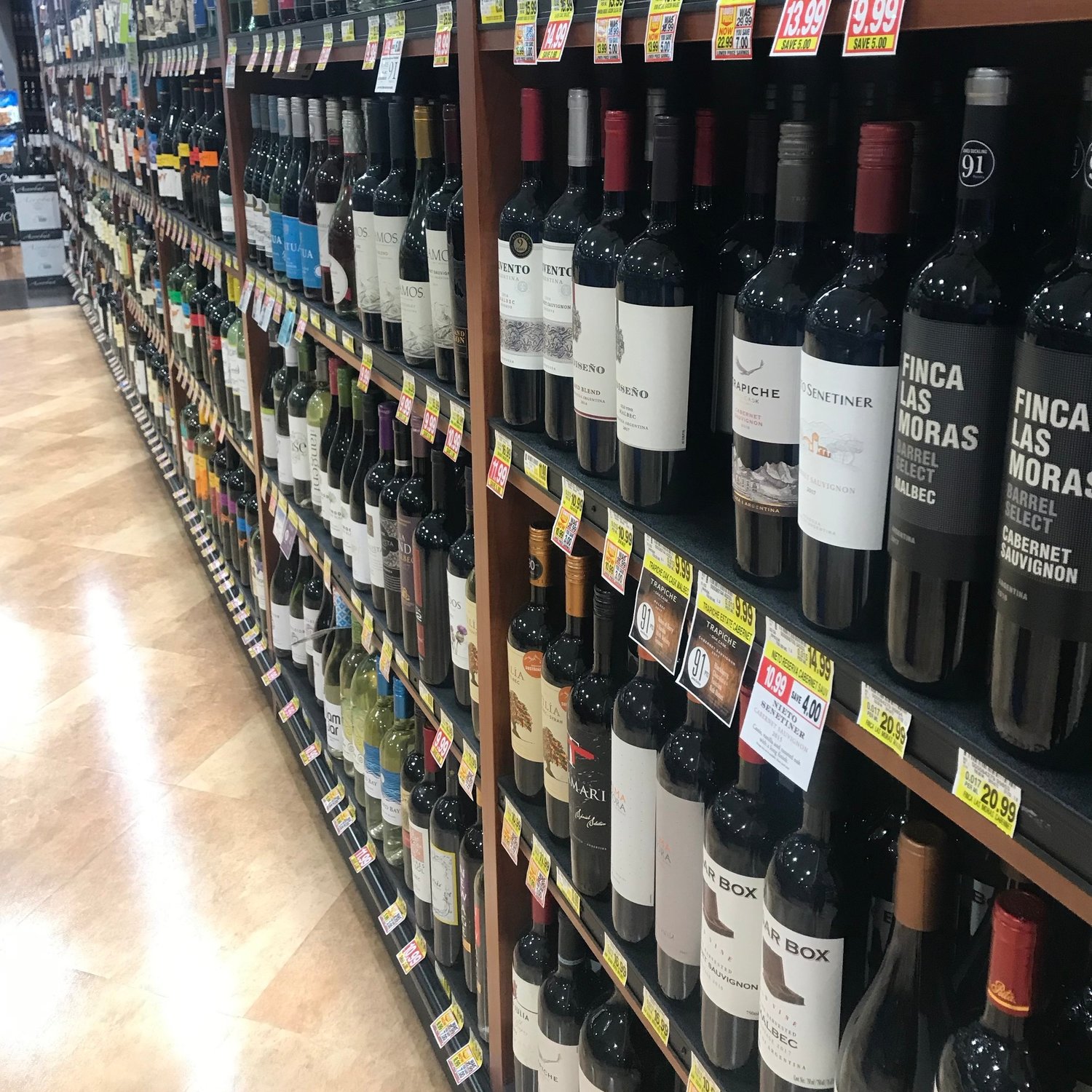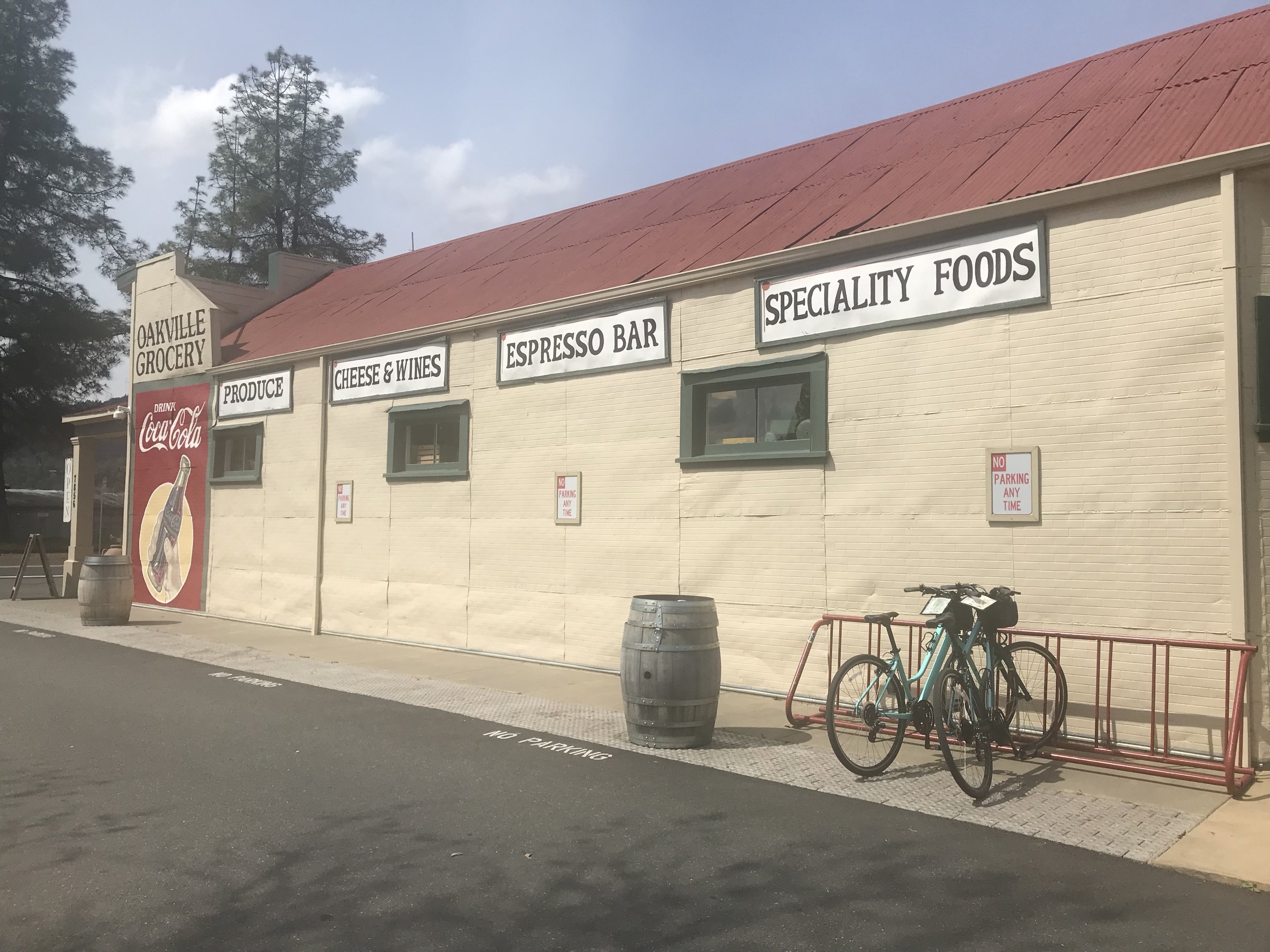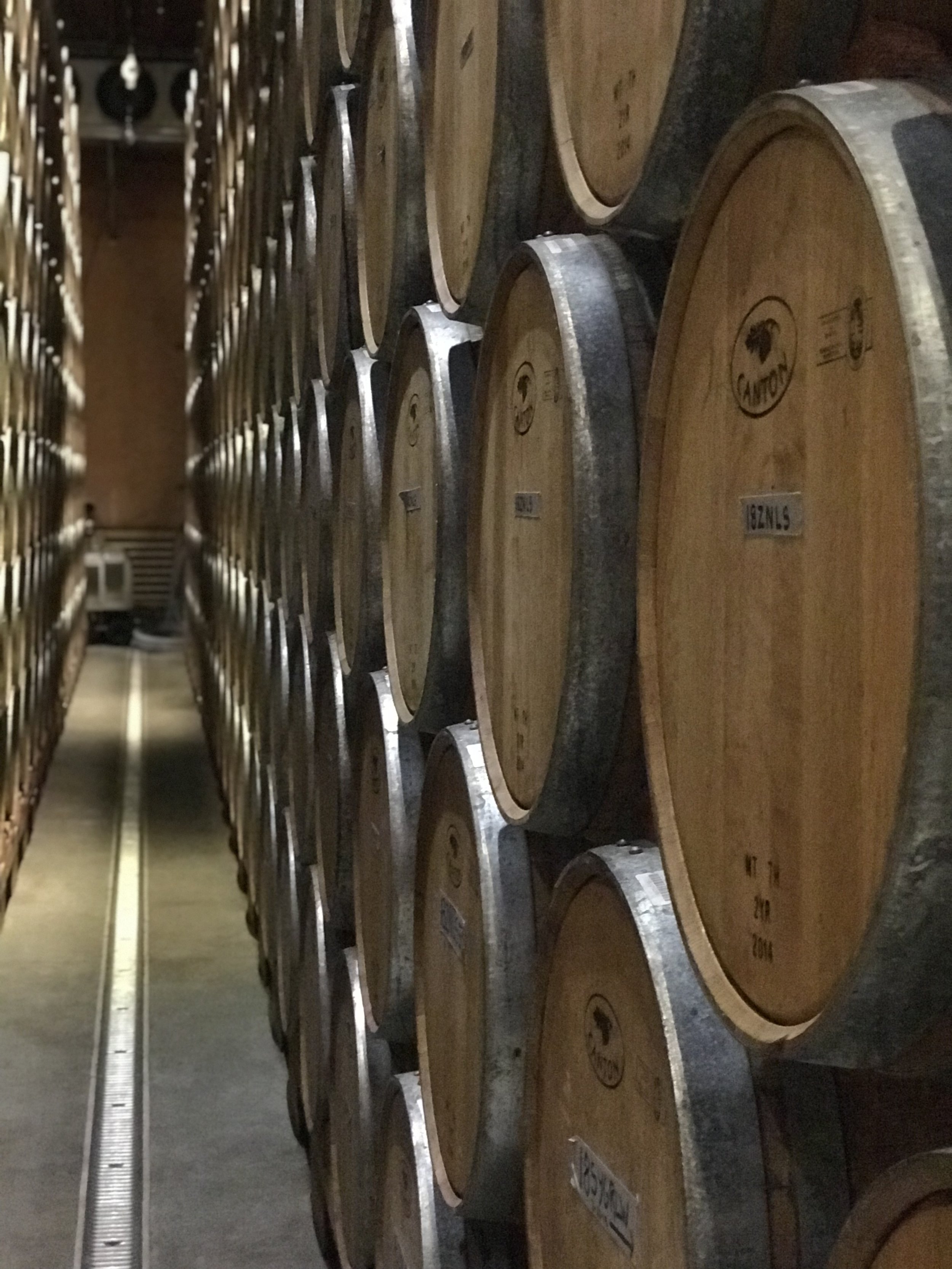The internet, investors, and changing interstate commerce laws have come together to bring innovation to the areas of wine clubs, wine delivery, and wine subscriptions. While we love to frequent local wine shops, we also appreciate that consumers are no longer limited by the wine selection in their immediate market.
Here, we use our experience with wine clubs to outline the pros and cons of the wine clubs available today, as well as the positives and negatives of wine delivery. Join us as we dig deeper into wine clubs, wine subscriptions, and wine delivery services.
What is a wine club or wine subscription?
There are many different types of wine club aiming to secure wine lovers as monthly customers. Typically, there is some incentive for signing up - a free wine tasting, a shipping discount, or some other enticing benefit. Before delivery, an agreement is signed detailing the number of bottles per month or year, the corresponding monthly fee, and the length of time one must remain in the club (or how many bottles to receive before canceling).
When you join a wine club, an expert is curating your wine collection, eliminating the burden of decision making. However, the ease of delivery may not be quite as easy as it sounds because delivered wine can’t be left on your doorstep - you have to be at home it. (More on that later!).
There are plenty of reviews claiming that this or that wine club is the best, but the truth is that wine clubs are not one size fits all. While wine clubs attract a good deal of consumers, many of them opt out of wine clubs within two years. Why? Because the consumer may not have taken the time to find out whether a particular wine club will be a good fit. So, if you’re considering a wine subscription, take some time to identify your wine profile.
What is my wine profile?
Wine consumers fall into six general categories (or genome segments) as identified by Bauerhaus.com. These are Image Seekers, Everyday Loyals, Enthusiasts, Engaged Newcomers, Price Driven, and the Overwhelmed. We have taken the liberty of adding another category: Wine Obsessives.
Image Seekers like to look over wine lists and wine scores. Perhaps we want to impress friends or clients with wines. Image Seekers also like the look of labels and feel of bottles. They may be up on wine trends but aren’t overly concerned with the details. Image Seekers might spend a little more per bottle than other wine types. However, if there’s a new trend in craft beer or artisan spirits, they are likely to leave wine behind momentarily to chase after the next great thing.
Everyday Loyals are consistent lovers of particular wines. We all know someone like this - the mom who loves Rombauer Chardonnay, the uncle who loves Chablis or the brother who brings Apothec Red home by the case. These loyalists know what they like - and this can be a wine brand, a grape variety, wines from a region. While sommeliers might be frustrated that Everyday Loyals always want to drink the same thing, research shows that this group makes up the largest group of wine consumers by sales.
Enthusiasts are the folks thirsty for wine knowledge. They love to get multiple inputs before purchasing wine, either from critic scores, shelf talkers (shelf tags), wine merchants, books, or magazines. Enthusiasts like to check out what is new in the wine section of stores or visit bottle shops while traveling for work or vacation. Enthusiasts may stay enthusiasts for life, or they may become wine obsessives (like us!). They may also someday switch their enthusiasm to spirits like bourbon.
Engaged Consumers are consumers with an interest in learning more about wine, and are typically new wine consumers. They know they like wine. These consumers may become enthusiasts or they may just enjoy wine occasionally with friends.
Price Driven consumers are fairly straight forward. We all know someone who loves a sale, has all the discount codes, and likes to choose the least expensive wine from the list. Nothing wrong with a great value!
Last is the Overwhelmed Consumer. If you like wine but feel overwhelmed by the sheer volume of choices in store aisles, online, or on a wine list, you can count yourself among the Overwhelmed!
Wine Obsessives! We’re not included in the Bauerhaus assessment, so I add us in as a seventh type of consumer. We may have started as an Enthusiast or even an Everyday Loyal, but somewhere along the line we jumped to being an Obsessive. We love reading about wine, visiting wine regions on holidays, purchasing wine storage or wine refrigerators, and collecting a broad or specific wine type. We might also subscribe to multiple wine magazines and follow one or more wine bloggers on social media.
What type of consumer are you? Let us know in the comments below.
There are wine clubs or wine subscription services that cater to each of these consumer types.
What type of wine club is good for me?
The best type of wine club for you is the one that matches your wine consumer profile. You may remain a specific type of wine consumer for a short or long time, or you may shift across different consumption types as you pass through various life stages.
Now that you know your current wine profile, you can start to sift through the many wine clubs out there and find one that fits your needs for the next 12 - 24 months. Why 12 - 24 months? This is the time frame within which one can typically get the best bang for the buck. If your wine profile changes, one can typically opt in and out of wine clubs. Just remember to read the fine print before signing us, as there may be a minimum number of months before you can opt out.
What types of wine clubs are there?
Wine Clubs for Cheap Wine
We get it. You want a grape-flavored beverage containing alcohol without all the fuss and at a low price, with free or low-cost shipping. And bonus points for not needing to leave your house! You are likely a Price Driven consumer and are interested in wine clubs with a focus on value.
These wine clubs scan the wine market and look for something different than what is available in your average big-box store. They focus on wine in the bulk market or value wines available for private label wine branding. Alternatively, the wine might be purchased on the bulk market and vinified by a well-known winemaker.
If you’ve ever purchased (or been gifted wine) and could not find any information about an actual winery, chances are the wine is from one of these types of wine clubs. The online description will instead focus on key flavors, region, and perhaps farming practices. And importantly, value!
Some examples of these types of wine clubs are Winc and Naked Wines.
Famous Store Brand Wine Clubs
You may be Overwhelmed by all the wine choices and are thus interested in wines that come from trusted brands. Famous store and media brands you have grown to trust look for ways to strengthen their fan base by offering products and services to help consumers stay with a brand. One of these services is wine clubs.
Without subscribing, it is hard to tell if you will get private label wines or wines from independent winemakers. Based on an extensive online review, it looks like a lot of these wines are private label bulk wines with a few independent winery offerings included.
Some examples of these types of famous brand wine clubs are The New York Times Wine Club, WSJ Wine Club, and the Williams-Sonoma Wine Club.
Wine Clubs for Wine Discovery
Engaged consumers looking to build upon their wine knowledge might be interested in wine clubs that are a blend of independent producers and private label wines with a focus on education.
Wine clubs for discovery have an emphasis on learning basic wine concepts through sampling many different types of wines grouped by wine color, style, and agriculture practice. Trendier versions use quizzes or algorithms to direct you to a package you might be interested in. You can expect to learn the basics around wine varieties, regions, and flavor profiles. In addition to targeting Engaged consumers, these clubs also target the Overwhelmed consumer because the level of detail provided is not overwhelming. If winemakers are mentioned, it is because they are well known.
Examples of discovery wine clubs include Vine Box (for wine drinkers wanting to have a taste before committing to a bottle!), Plonk, and First Leaf Wine Club.
Curation Clubs for Enthusiasts
A number of wine clubs aimed at Enthusiasts curate wines from select wineries. These curation clubs may aim to do any of the following:
Introduce wine lovers to new wines based on old favorites (e.g. lower alcohol wines from Bordeaux)
Introduce wine lovers of a specific wine style (e.g. Northern Rhone red wine blends) to new wineries that make that style
Target specific demographics of wine growers or wine makers (e.g. Women owned wineries or Small Independent producers)
These clubs differ from previous wine clubs mentioned as they are typically grower and winery focused. The information on the website, email, and subscription sign-up is very specific to the wineries highlighted. There will be comparisons between the offered wines and how they differ from other producers in the region or growing the same variety. Specific winemakers and importers may be highlighted, and the club curators may explain why they chose a specific wine over another.
Some characteristics of these types of curation clubs are engaging emails describing the wines in detail, highlights of winemakers, storytelling about the wine, and dedication to customer service. Local versions of these wine clubs may offer local pick-up to save money on shipping. They may even provide delivery (though delivery options may be limited if it is a smaller wine club).
Take a look at these curation wine clubs: Acme Fine Wines Club, Kermit Lynch Wine Clubs, Women Owned Wineries Sonoma Wine Club, and the SIP Wine Club.
Winery Wine Clubs
If you enjoy the same wines year after year, winery wine clubs are a good way to support your favorite winery as well as getting access to wines similar to your favorite(s). Many of these clubs offer special pricing or shipping discounts around the major holidays. Wine clubs also offer benefits to members which may include free tasting, exclusive events, and travel with fellow wine club members. Accompanying many winery wine club memberships are details not easily found online, such as in-depth stories about the estate, profiles on the winemaker, vintage challenges, even updates on the cats and dogs at the winery!
Many wineries have online wine club information on their website, and you don’t even need to go to the winery to sign up. One potential drawback is that your favorite winery may not ship to the state you live in - simply check the fine print!
Some examples of popular winery wine clubs are the Hall Wines Wine Club, the Ridge Vineyards Wine Club (be sure to also check out our detailed review of Ridge Vineyards!), Biltmore’s Vanderbilt Wine Club, and the Schramsberg Wine Club.
Wine Clubs for Wine Obsessives
Wine obsessives tend to purchase bottles independently and may participate in specific winery wine clubs or subscribe to email lists that offer sales on recognized wine.
Wine Obsessives interested in blind tasting will probably like the Somm Select.
Wine Obsessives interested in sales on known wine brands may like Last Bottle Wines.
What should I know about wine delivery?
Here are some key things to know when it comes to receiving your wine shipments.
Minimum Age 21
In the United States, someone age 21 or older will need to sign for the wine.
Home Delivery of Wine
Wine won’t be left on your porch or stoop in the United States. You will need to be at home when the wine arrives or you will need to travel to a location indicated on your door tag (e.g. FedEx, UPS). One way to reduce this hassle is to have the wine shipped to your workplace. Some businesses may restrict alcohol on-premise, though, so check your workplace policy. Delivery to work might be a convenient option if you travel for your job and want to prevent the shipping company from returning wine to distribution center because you did not pick it up in time.
Wine Shipping Laws Vary By State
Wine laws are constantly changing. The amount of wine that can be shipped and whether or not your state even allows wine to be shipped are variables. Also, be aware that the wine retailer needs to do paperwork for each state to which their business ships wine. While it might be perfectly legal for the wine club to send you wine, the business may opt out of shipping to your state if there aren’t enough customers to justify the work required to ship.
























